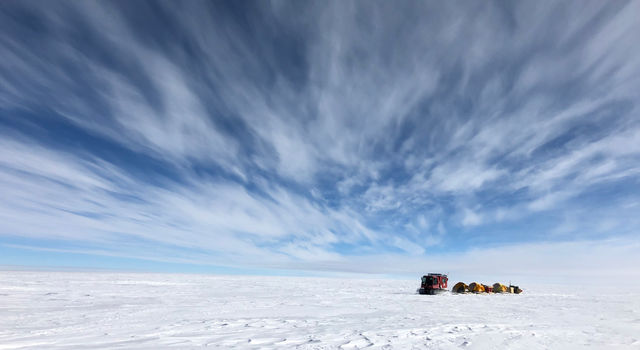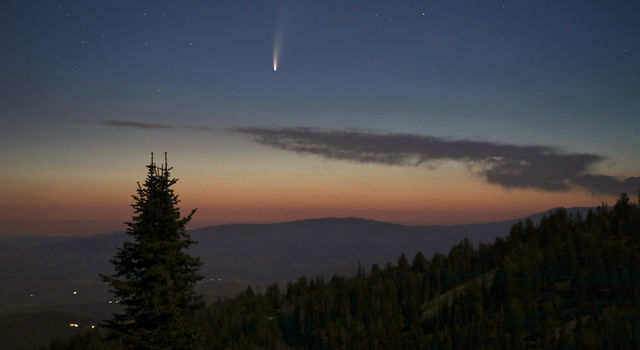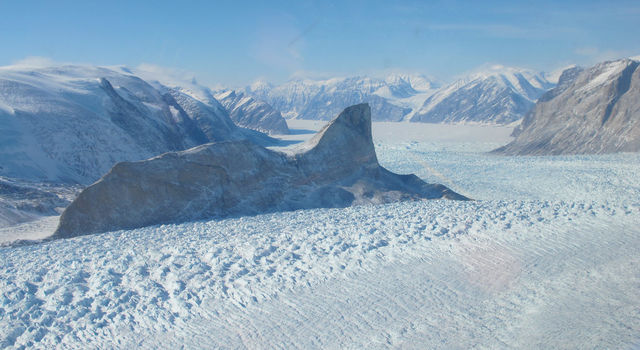Blogs | Southern Exposure | November 25, 2015
The Long Duration Balloon Facility
The purpose of my deployment to Antarctica is to help the Stratospheric Terahertz Observatory II (STO-2) team launch a science payload to look at the star forming regions in the galaxy. STO-2 will fly aboard a Long Duration Balloon (LDB). The LDB program is part of the Columbia Scientific Balloon Facility, which launches payloads all over the world.
The STO-2 team traveled to the LDB headquarters in Palestine, Texas, last July and August for a hang test to ensure the payload is ready for launch. From there it was taken apart and shipped to Antarctica. The gondola was then shipped to New Zealand on a barge and flown from New Zealand to McMurdo Station on a supply mission. The instrument was flown the whole way to McMurdo.

The STO-2 team just after passing the hang test in Palestine, Texas, in August 2015. Image credit: Christopher Walker
After shipping the payload, the team started to reassemble it in the second half of October on the ice. (I was waiting to travel to McMurdo until backup parts were completed in mid November in case important equipment failed.) It's here in McMurdo that we unpack and reassemble the payload and continue instrument testing and reintegration.
Every day, we leave McMurdo at 7:30 a.m. and travel about six miles from McMurdo Station to the LDB facility just beyond Willy Field on the Ross Ice Shelf. We arrive between 8:05 and 8:15 depending on the driver and the mode of transportation. One of the buses is Ivan "the terra" bus, pictured below. The field camp consists of two hangars for the the payloads, a dining hall (called the galley), a bathroom facility and two smaller shelters for the Columbia Scientific Balloon Facility staff. This year, there are two payloads, STO-2 and the Gamma Ray Imager/ Polarimeter for Solar flares (GRIPS) payload. In some years there are three payloads, but never more than that.

The LDB facility. From the left: a yellow storage facility, the GRIPS hangar (green stripe), the STO-2 hangar (brown stripe), the CSBF machine shop, the CSBF telemetry workshop, the bathroom, and all the way to the right, the yellow tent is the galley. Image credit: Jenna Kloosterman
There's a cook in the galley during lunchtime and coffee, tea, and hot chocolate
whenever you need it. Furthermore, we have views of Mt. Erebus, the
southern-most active volcano on Earth. Most days it is covered in
clouds, but when the clouds clear, it's one of my favorite things to
photograph. For a harsh continent, it's a good life!
After a full day of work, we leave LDB at 5:30 p.m. and are back in McMurdo for dinner between 6:05 and 6:15 p.m.
 Boarding Ivan "the terra" bus with my colleague Jose Siles. Image credit: Jose Siles
Boarding Ivan "the terra" bus with my colleague Jose Siles. Image credit: Jose Siles
Instrument Update:
The STO-2 gondola team has successfully tested the pointing system for the telescope, pointing on the sun and Venus. In order to do their tests, they had to open the hangar doors so the hangar could cool to the ambient temperature -- about 20 degrees F right now. The instrument team is glad that they are done until integration of the instrument with the gondola is complete.
The STO-2 instrument will be explained for a general audience in a future post. For our colleagues following us back home, the team has made progress in aligning the 1.5 and 1.9 THz local oscillators and is simultaneously conducting beam pattern measurements. The 4.7 THz channel has measured a Y-Factor (sensitivity measurement). If you are interested in the details, please communicate with us privately.
TAGS:STO-2, ANTARCTICA, MCMURDO, ASTRONOMY, ASTROPHYSICS, BALLOONING











